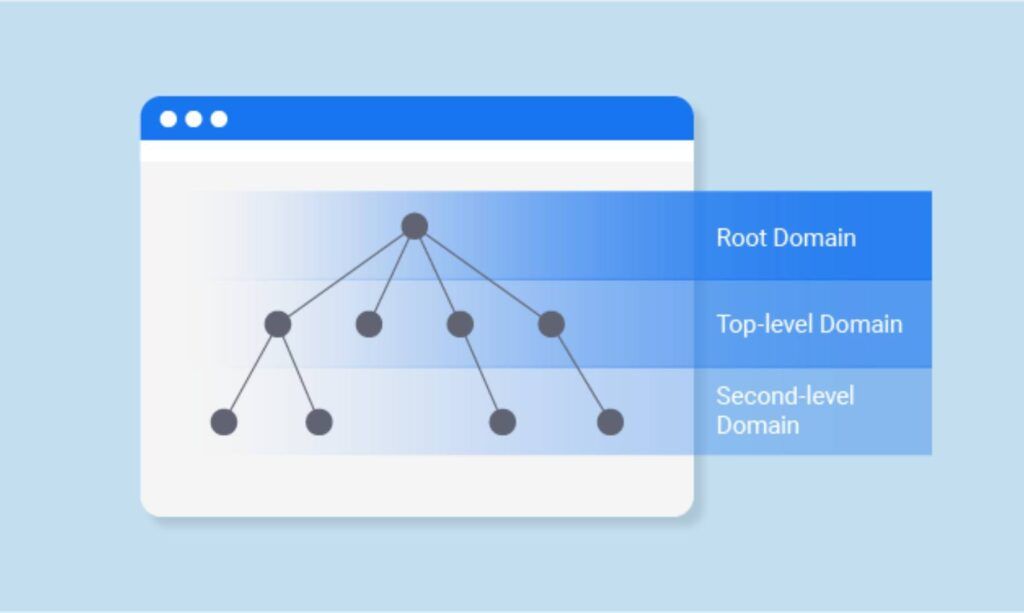As you may know, every detail matters in SEO. One often overlooked but crucial aspect of SEO is managing your website’s domain structure. When you own multiple domains, including the root domain (e.g., domain.com), it’s essential to ensure that you are using them effectively to maximize your SEO efforts.
One common practice is redirecting the root domain to your main website. In this article, we will delve into the importance of this practice and how to do it effectively.
So, let’s get started.
Understanding the Root Domain

Before we dive into the SEO benefits of redirecting the root domain to your main website, let’s clarify what the root domain is. The root domain is the bare domain without any subdomains or prefixes.
For example, in “www.domain.com,” “domain.com” is the root domain. It’s the foundation of your website’s URL structure.
The SEO Significance
- Consistency: Search engines appreciate consistency. By redirecting the root domain to your main website, you ensure that users and search engines consistently see one version of your site. This reduces the chances of duplicate content issues and confusion, which can negatively impact your SEO.
- Link Equity: Link equity, also known as link juice, is the SEO authority passed from one page to another through hyperlinks. When you consolidate all your domain variations (e.g., www.domain.com, domain.com, www.domain.net) into one, you concentrate your link equity, strengthening your main website’s SEO.
- Canonicalization: Redirecting the root domain helps with canonicalization, which means specifying the preferred version of a web page. When search engines see multiple versions of your site, they may struggle to determine which one is the most important. By redirecting the root domain, you signal that the main website is the canonical version.
- Improved User Experience: A redirect from the root domain to the main website ensures a seamless user experience. Visitors who accidentally land on the root domain will be automatically directed to the main website, reducing bounce rates and increasing the chances of conversions.
Also Read: 5 Best Situations When A Redirect Can Help Your SEO
How to Redirect the Root Domain to Your Main Website?
Now that you understand why redirecting the root domain is crucial for SEO, let’s explore how to implement this effectively.
- Choose a Redirect Method: There are two common redirect methods: 301 (permanent) and 302 (temporary). For SEO purposes, always use a 301 redirect, as it tells search engines that the redirection is permanent.
- Visit the RedirHub Website: Begin by visiting the RedirHub website and sign up for a free account.
- Create a New Redirect: On the dashboard, locate and select the option to “New Redirect.”
- Enter Source and Target URLs: In the redirect creation interface, input the source URL (the URL you want to redirect from) and the target URL (the URL you want to redirect to).
- Choose Redirect Type: Now, choose the type of redirect you want to implement. Options typically include 301 (permanent) or 302 (temporary) redirects.

- Save Your Configuration: After selecting the appropriate redirect type, click the “Save” button to activate the redirect.
- Test the Redirect: After setting up the redirect, test it to ensure it’s working correctly. Enter the root domain (e.g., domain.com) in a web browser, and it should automatically take you to your main website.
- Monitor SEO Performance: Keep an eye on your website’s SEO performance after implementing the redirect. Monitor search engine rankings, crawl errors, and any issues that may arise.
Also Read: How To Redirect A URL In WordPress: A Comprehensive Guide
Conclusion
Redirecting the root domain to your main website is a simple yet powerful SEO strategy. It enhances consistency, consolidates link equity, aids in canonicalization, and improves the user experience. By following the steps outlined in this article, you can effectively manage your domain structure and contribute to the success of your SEO efforts. Remember, in the world of SEO, even the smallest details can make a significant difference.


